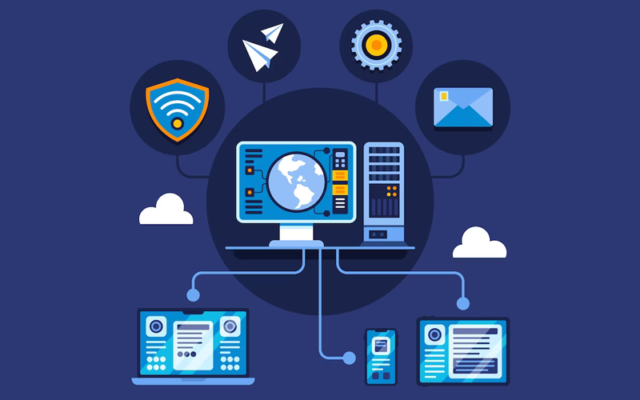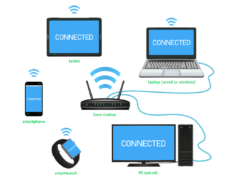Nowadays, it is nearly impossible for businesses to operate without computers, regardless of the industry. Therefore, most companies have a local area network (LAN) to connect their computers. However, the level of sophistication and cost of these networks varies. Since many businesses rely heavily on their LANs to function, network downtime can lead to significant financial losses and employee stress.
Therefore, it is critical for companies to consider their LANs as vital assets and prioritize network management to ensure their networks run almost 100% of the time.
One significant benefit of LANs is improved communication and collaboration among employees and customers. However, LAN security is a double-edged sword. While comprehensive security provides central and secure data access and disaster recovery, interconnecting computers in a LAN increases security risks as it can allow intruders to access multiple machines simultaneously.
LAN installation and maintenance can be costly, requiring expensive hardware, cabling, software, and expert advice. However, sharing resources and ensuring data backups and quality checkups can lead to cost savings and prevent potential data loss.
The preliminary phase of LAN management involves identifying the problem source and defining the requirements, including evaluating network operating systems, mail systems, and other applications, as well as hardware components. The design phase aims to determine how the requirements will be met, breaking down large projects into smaller sub-projects.
The implementation phase involves physical LAN installation, including cable installation, software installation, and hardware placement. During the integration and system testing phase, the LAN is commissioned, and routines are adapted to users and operating personnel. The LAN is tested to ensure it meets the specification requirements and performs its central function.
Finally, the operation and maintenance phase includes complex operating routines, with system administrators responsible for network performance, reliability, and security of both hardware and software.
To ensure 24/7 network monitoring, businesses can use network management tools to foresee, prevent, and address issues as they arise, even during off-hours.










